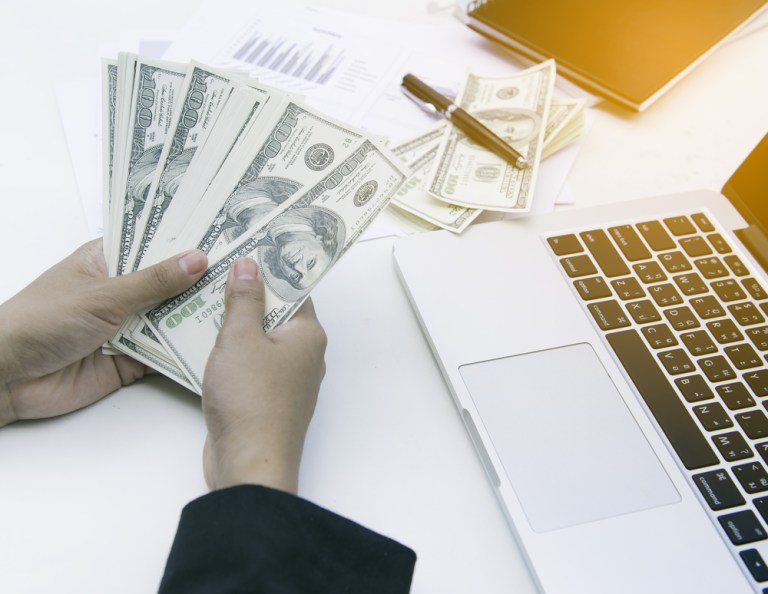
Stocks are at or near record highs, giving rise to an outsized wealth effect. But some banks are seeing new highs in sour loans. Two stories of consumption, two paths to ponder in the details.
There’s the wealth effect…and then there’s the opposite effect.
The Standard and Poor’s 500 Stock Index reached an all-time high recently, at roughly 2,400 points. That’s a startling 260 percent from lows seen in March 2009, when the reading was a paltry 666.
Such lofty progress means that it might be time to consider the wealth effect, that psychological boost that occurs when the value of an asset that an individual or household holds increases. That asset could be as significant and tangible as a house, or as ephemeral as a stock portfolio. Nonetheless, the impact is the same: As the value goes up, people feel more secure in their own wealth, financial security, or perception of the same. If they feel more secure, the conventional wisdom holds, they will spend more in various marketplaces. Increased consumption is generally good for the economy and good for individual companies hawking goods and/or services. This is true for demand for higher end goods – think everything from steak to handbags to fancy cars.
In one recent estimate that ran in Investor’s Business Daily, Mark Zandi of Moody’s estimated that a “wealth effect” of five percent – which means that Americans spend five additional cents for every positive dollar change in the wealth generated via the stock market. That impact has a flip side, of course – as the market goes down, investors feel less wealthy and so curb their spending.
So it is with consumers, and might it be so with the banks that cater to their stock market whims? We’ll use the marquee names in investing as a proxy here. Forget the market share battles over equities trading revenues among banks. The trend has been up – and in the latest quarterly reports, firms such as JPMorgan, Citigroup and Bank of America saw gains of two to as much as 10 percent in those segments. Along with this surge, and market gains post Trump of low double digit percentages, the wealth effect may be well entrenched, at least among Baby Boomers that have the wealth and retirement accounts and perceived cash cushion to trade and trade often.
But yet there is a bifurcation at work here, not an especially good one. Beyond the bright shining lights of stock returns, other people are struggling, which bodes ill for companies across several verticals.
Because even as the wealth effect may be strong, U.S. consumer credit is weakening. One canary in the coal mine has been in evidence in auto loans, where defaults are quickening, and now the spillover has reached credit card bills. Capital One said in its own earnings results that charge off rates have touched the highest levels since 2011, and were up 33 percent sequentially, with a write-off rate at 5.1 percent, the highest level also since 2011.
Yes, it is true that Capital One makes its bed among subprime borrowers. But Discover Financial Services, which doesn’t make its living, necessarily, from subprime, saw net charge offs at the highest rate seen in three years. At Synchrony, the provision for loan losses were up 21 percent to $1.3 billion, higher than the Street had expected at $1 billion, and the charge-off rate was five percent, a peak not seen since 2012. All of this comes as credit card debt stands, as of February, at $1 trillion, the highest level seen since the dark days of the financial crisis. Might be said that it’s getting dark again, in this space, and the canaries are fluttering their wings a bit, with windy days ahead for retail and consumption in general.